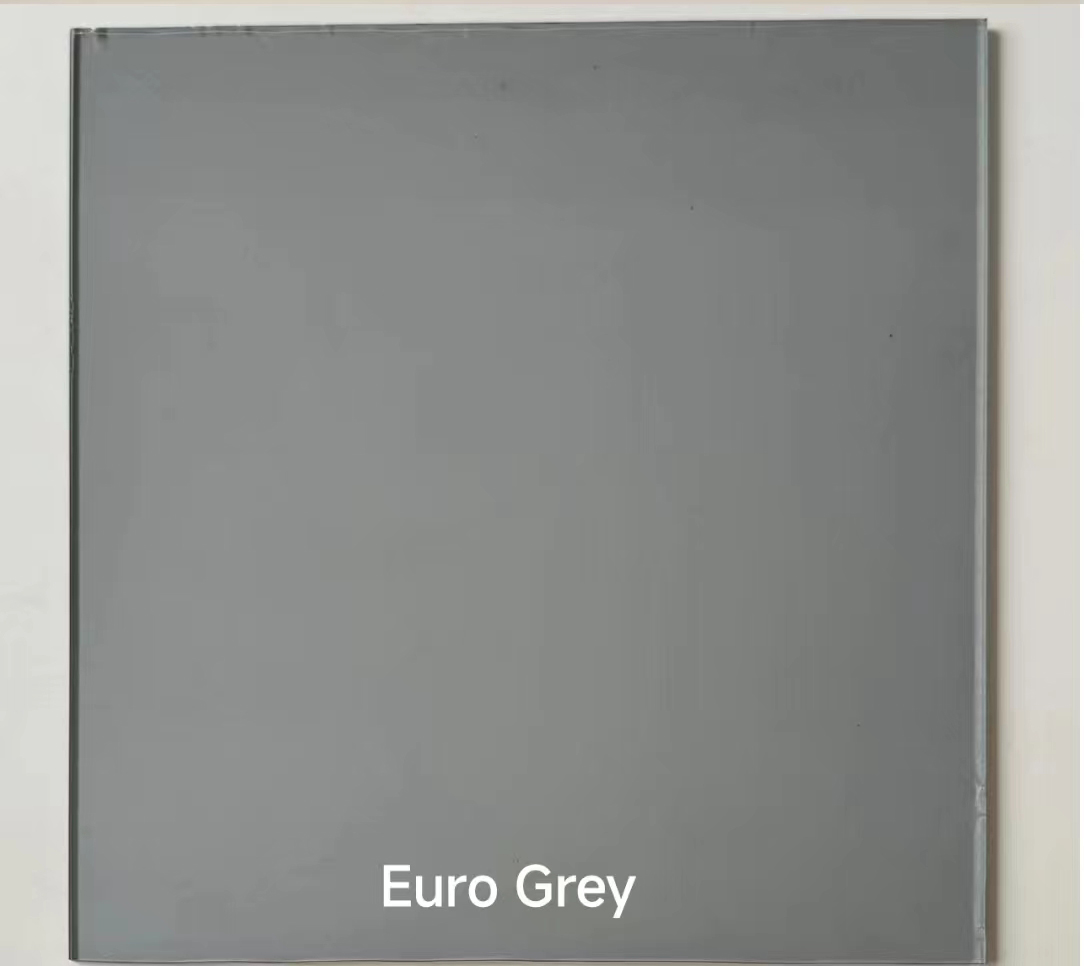Tinted glass has gained considerable attention in various industries, ranging from architecture and automotive to interior design. Its alluring aesthetic appeal and functional benefits make it a popular choice among designers and manufacturers. Understanding the different types of tinted glass and their distinct advantages is crucial for making informed decisions about their use in specific applications.

Laminated Tinted Glass
Laminated tinted glass combines a layer of colored polyvinyl butyral (PVB) between two or more layers of glass. This composition not only offers enhanced safety by preventing the glass from shattering on impact but also improves acoustic insulation. Ideal for use in environments that require noise reduction, laminated tinted glass finds applications in residential buildings and high-traffic urban areas. The high-performance PVB interlayer also blocks harmful UV rays, reducing fading of interiors and providing environmental protection.

Reflective Tinted Glass
Reflective tinted glass features a metallic coating that reflects a significant portion of the incoming solar radiation. This type of glass reduces heat gain and glare, enhancing energy efficiency in buildings by lowering cooling costs. Buildings in hot climates greatly benefit from reflective tinted glass, as it maintains interior temperatures while minimizing the use of air conditioning. Additionally, reflective glass offers privacy during the day, making it ideal for office buildings and commercial spaces.
Low-E Tinted Glass
Low-emissivity (Low-E) tinted glass incorporates a microscopic thin, transparent coating that reflects heat while allowing light to pass through. This innovation provides excellent thermal performance, keeping interiors warm during the winter and cool in the summer. Low-E tinted glass is particularly suitable for residential applications, where energy efficiency is a priority. It also contributes to a building's sustainability by reducing energy consumption and lowering the carbon footprint.
Ceramic Frit Tinted Glass
types of tinted glass
Ceramic frit tinted glass is manufactured by applying and firing ceramic-based paints onto the surface of the glass at high temperatures. This process fuses the ceramics permanently with the glass, resulting in a durable and vibrant finish. Primarily used for building facades and interior decoration, ceramic frit glass offers extensive design possibilities. It can be customized with patterns and colors, providing both visual appeal and sunlight diffusion. Its durability makes it resistant to corrosion and weathering, ensuring long-lasting appearance and performance.
Solar Control Tinted Glass
Solar control tinted glass is designed to filter and manage the transmission of heat from solar radiation. It strikes a balance between letting natural light in while minimizing the heat that enters a building. This type of glass is perfect for large windows and glass facades in modern architecture, where controlling solar gain is vital for maintaining comfortable interior conditions. By decreasing the reliance on artificial lighting and temperature control systems, solar control glass makes buildings more environmentally friendly.
Sustainable Architectural Tinted Glass
Sustainable architectural tinted glass focuses on environmental impact, integrating recycled materials and energy-efficient manufacturing processes. By opting for eco-friendly options, architects and builders support initiatives to reduce waste and conserve natural resources. Sustainable tinted glass also helps in achieving green building certifications, such as LEED, which is increasingly sought after in the construction industry. As awareness of environmental issues grows, sustainable architectural glass continues to gain importance in both new constructions and renovations.
The wide variety of tinted glass types available today reflects ongoing advancements in glass technology. These innovations cater to a broad spectrum of needs, from energy efficiency and safety to aesthetics and sustainability. The careful selection of the appropriate tinted glass type not only enhances architectural designs and automotive features but also contributes to broader goals, including energy conservation and environmental protection. By understanding the specific advantages and applications of each type, industry professionals can make informed decisions that maximize the benefits of tinted glass in their projects.
In summary, whether in architecture, automotive, or interior design, the extensive range of tinted glass types available enables tailored solutions for distinct needs and preferences. The integration of these versatile materials showcases ongoing technological innovations. Tinted glass continues to offer significant advantages across numerous applications, providing both functional and aesthetic benefits demanded by contemporary design and construction standards.



